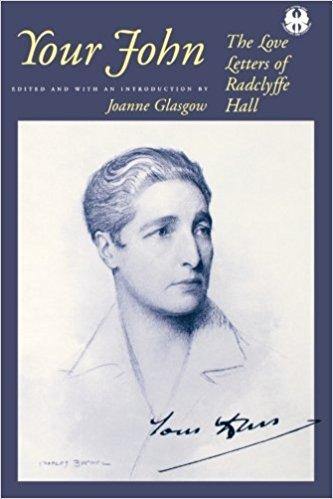Signed, Sealed, Delivered, and Published
In late October I carried home a package from a dear friend and guessed at what it could be. By the weight alone, it could have been a cinder block. When I sliced open the packing tape with a bread knife, the cinder block was revealed to be the complete first volume of Sylvia Plath’s personal letters, a belated birthday gift. The note made me smile. It said the gift was in honor of our shared love for Plath’s work and for correspondence.
Hanging up the note with a magnet on the fridge among other postcards, I got to thinking just how wide the web of letters is in my own community. More than catch-ups with distant friends, letters are also the sharing of ideas, project lists, poems, and opinions. And how did it all begin, anyway? Letter-writing was the way of communication for centuries, and it continues despite technological advances such as email and text messaging. How it has had a hand in the histories we know (and many we do not) is examined by Simon Garfield in his book To the Letter. One answer Garfield lends to the origin question is, of course, love.
Search our online catalog for “letters,” and you may be overwhelmed by the list of letter anthologies available. Or take a moment to wander in Stack 7, where our biography collection lives, and find more than one collection of letters written by world-shapers. To name a few: Letters to His Neighbor (Proust’s correspondence), A Life in Letters (Orwell’s correspondence), Your John: The Love Letters of Radclyffe Hall, and Rub Out the Words: The Letters of William S. Burroughs. Among the famous, the little known, and the infamous, letters have been used to communicate some of the most personal reflections - and sometimes just to gripe to understanding loved ones.
A bit bored by reading through the letters of just one individual? Perhaps try one or all three of Shaun Usher’s letter collections, Letters of Note, which give short snapshots into the minds and times of persons of note. One of my favorites is a letter from volume 2 in which avant-garde filmmaker Hollis Frampton tells MoMA curator Donald Richie just where “love and honor” lie in the making and presentation of art and debunks the myth that artists should work for zero compensation.
Lastly, among many other attributes, letters are presented to us for guidance. I am sure many have received or given as a graduation gift Rainer Maria Rilke’s Letters to a Young Poet. Colum McCann recently tipped his hat to Rilke, like many others in the past, with his own Letters to a Young Writer. Even our own personal letters between parents and role models help us along our way. Beyond the little thrill one receives when unlocking the mailbox, this interpersonal support may be the reason why even today letters continue to be written, labored over, sketched on, stuffed in an envelope, and dropped in the mail to be carried over even the longest distances.

